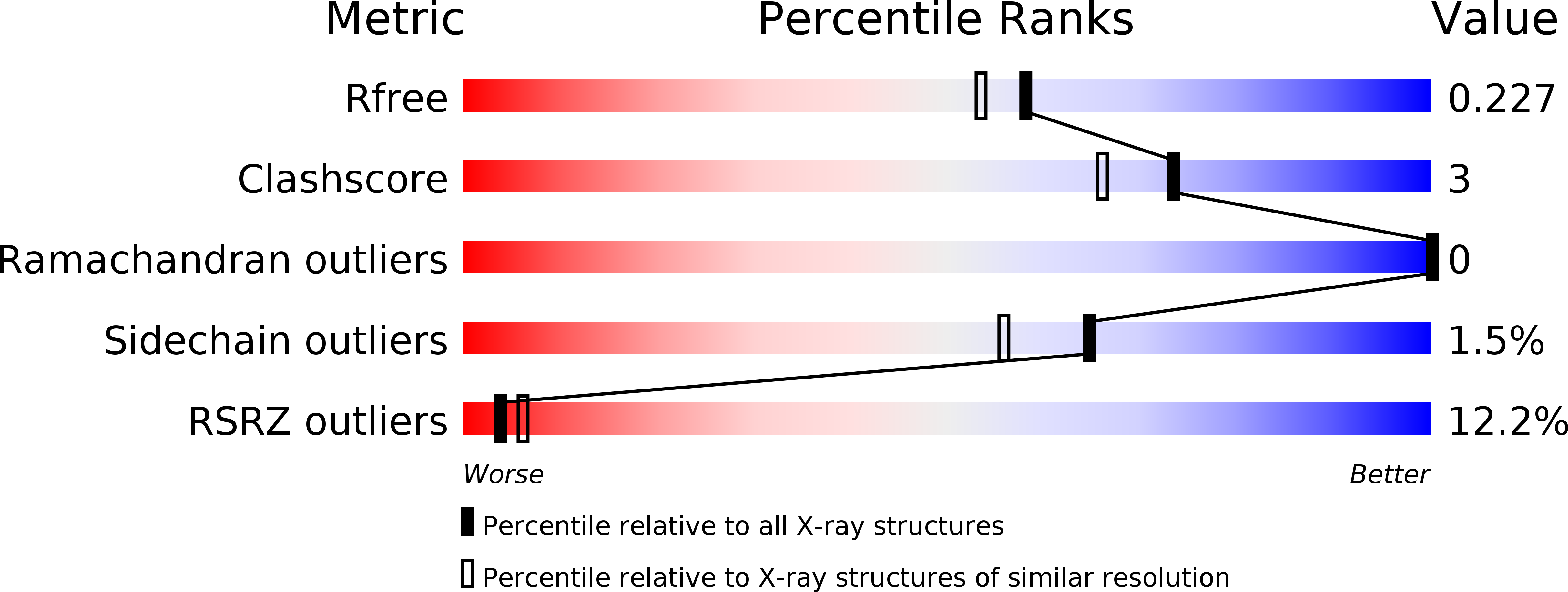
Deposition Date
2010-06-23
Release Date
2010-07-28
Last Version Date
2024-04-03
Entry Detail
PDB ID:
3NN2
Keywords:
Title:
Structure of chlorite dismutase from Candidatus Nitrospira defluvii in complex with cyanide
Biological Source:
Source Organism:
Candidatus Nitrospira defluvii (Taxon ID: 330214)
Host Organism:
Method Details:
Experimental Method:
Resolution:
1.94 Å
R-Value Free:
0.21
R-Value Work:
0.17
R-Value Observed:
0.17
Space Group:
P 32 2 1


